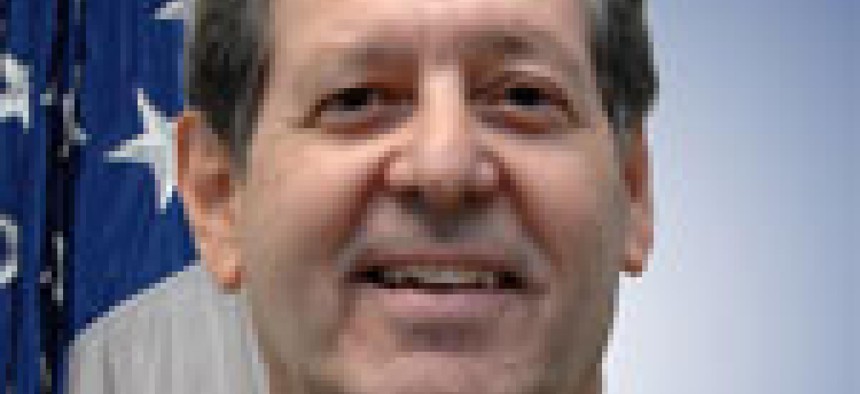9/11 remembered: Building a department on demand

Steve Cooper, the first CIO at DHS, recalls how a surge of patriotism prompted him to lend his talents to the homeland security effort.
Steve Cooper was attending a business seminar on a cruise ship south of the Statue of Liberty when passengers learned of the attacks on the World Trade Center several miles away. Standing on the deck a few minutes later, he saw distant evidence of the destruction.
“I saw an incredible cloud of stuff that looked like smoke,” he said. “Later, we learned it was mostly debris and paper.”
Cooper, a former Navy reservist who was then CIO at Corning, felt a surge of fiery patriotism in the following weeks. The feelings were so strong that he asked his congressman at the time, Rep. Amo Houghton (R-N.Y.), to help him set up a meeting with Tom Ridge, who was President George W. Bush’s assistant for homeland security.
“I felt a lot of anger that we were attacked on our own soil, and I wanted to do something,” Cooper said. “I thought I might be able to make a difference and contribute.”
In March 2002, Cooper joined the White House staff and a year later became CIO at the new Homeland Security Department working under Ridge, who had been appointed secretary of the department.
It was a huge and complicated job to patch together 22 new and existing agencies, some with established IT infrastructures and some with no IT assets at all, including the start-up agency’s headquarters. Along the way, Cooper and his team needed to improve information sharing and help secure airports, federal facilities and borders.
The challenges made for some long days.
“Every day, 24/7, we were doing everything we could do because we were scared to death something else was going to happen,” Cooper said. “We were probably running on adrenaline. It was an amazing time. While people had differences of opinion, the leadership and sense of purpose were truly unique.”
Several months after DHS was formed, however, Cooper said he noticed a subtle shift in mood. “Bureaucracy started to creep in,” he said. Employees resisted change, and lawmakers fought about oversight. “People were mostly positive about DHS’ formation, but there was an undercurrent.”
At DHS, Cooper helped establish the necessary IT infrastructures, the networks for sharing secure and unclassified information, the vocabulary for sharing that information (called the National Information Exchange Model), and the U.S. Visitor and Immigrant Status Indicator Technology program for collecting data on foreign visitors.
“It was a matter of managing to-do lists with hundreds of high-priority items, and you focused on the top 10 items,” he said. “When you got one project out the door, you had a mini-celebration and gave a cheer for 30 minutes, then moved on to the next. When I left, there were still 200 to 300 high-priority items on my to-do list.”
Cooper resigned in mid-2005, as Michael Chertoff was replacing Ridge. “I left because I was burned out,” Cooper said. “I had not seen my family, still in New York, for a couple of years. You run out of energy and need to recharge.”
His next jobs were CIO at the American Red Cross and a variety of private-sector positions. He is now CIO at the Federal Aviation Administration’s Air Traffic Organization.
The extraordinary teamwork at DHS still stands out for him. “We helped lay the foundation for the department and for the nation,” Cooper said. “We felt the country was behind us and looking to us to ensure their security.”
NEXT STORY: DHS still has growing pains, comptroller says





